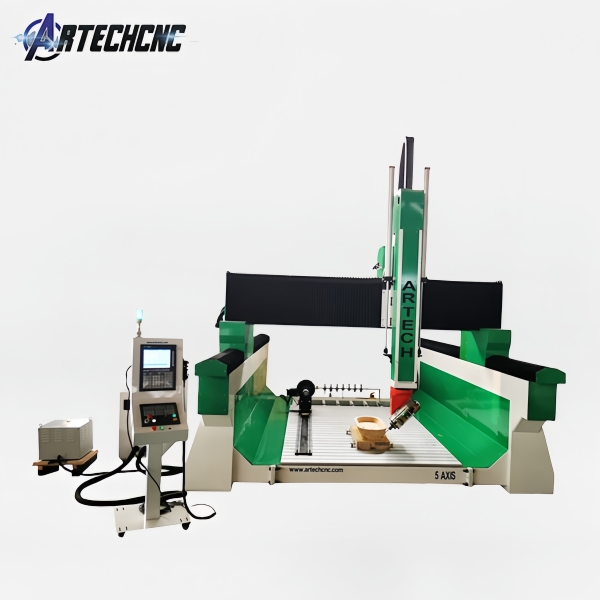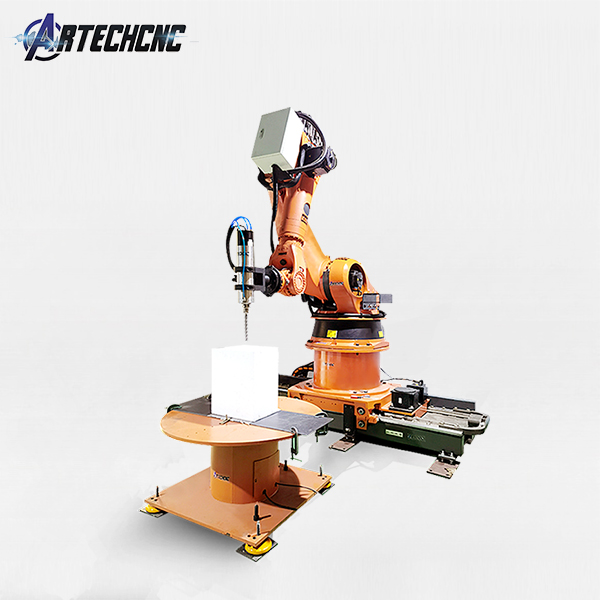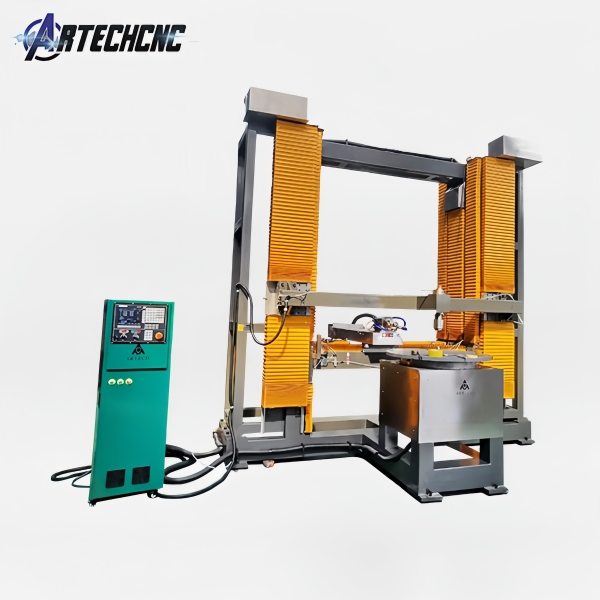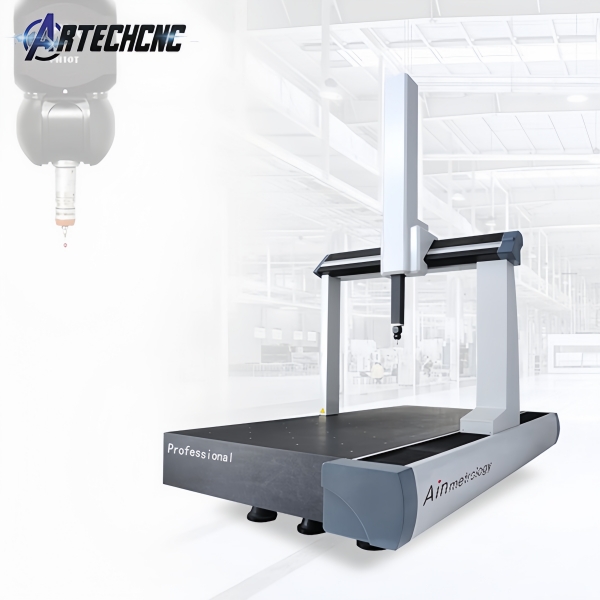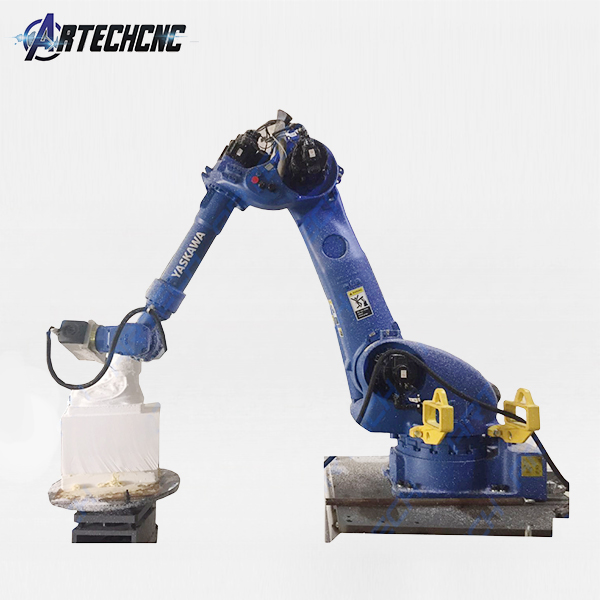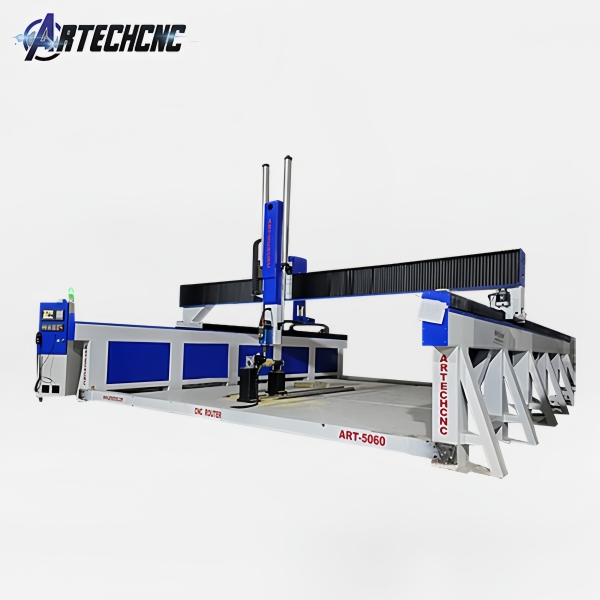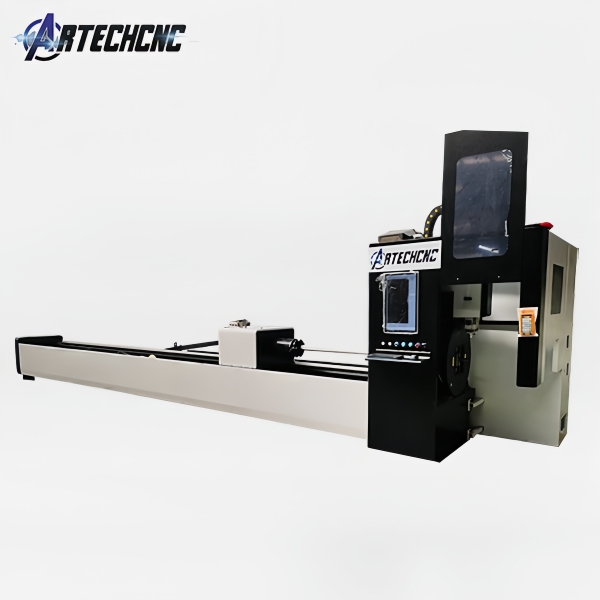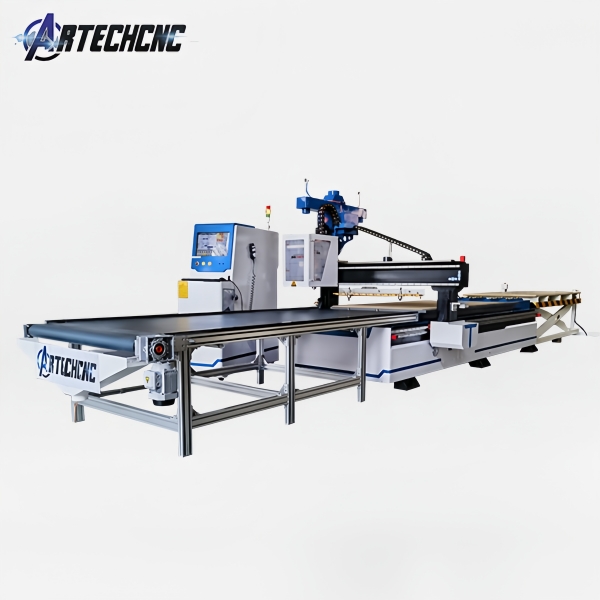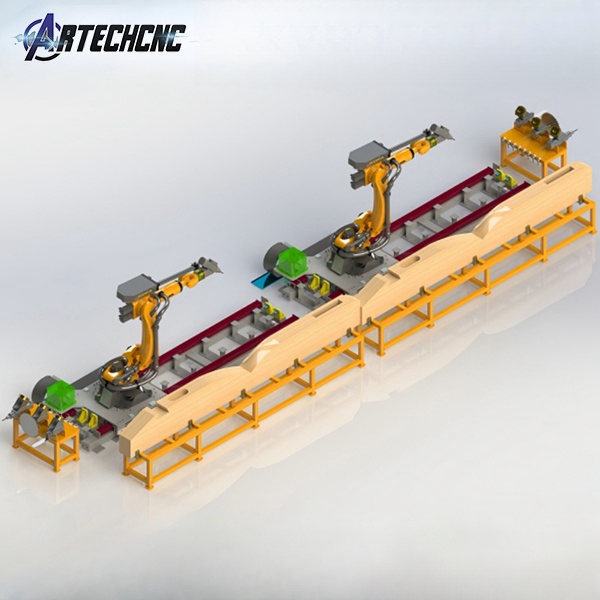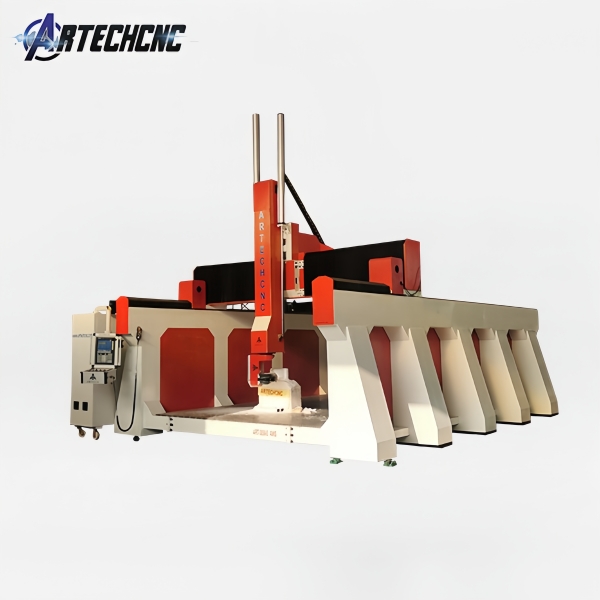Comprehensive Guide to Robotic Programming in Manufacturing: Focus on Milling Robots
Introduction
Robotic programming is a cornerstone of modern manufacturing, enabling automation, precision, and efficiency. Among the various industrial applications, milling robots have gained significant traction due to their ability to perform high-precision machining tasks with flexibility and repeatability. This guide explores the different types of robotic programming used in manufacturing, with a special emphasis on milling robot applications.
With advancements in robotics, milling robots are now capable of handling complex tasks such as CNC machining, engraving, and 3D surface finishing. The right programming method can significantly impact the performance, accuracy, and efficiency of a milling robot, making it crucial for manufacturers to choose the best approach.
By the end of this guide, you will understand:
The different robotic programming methods used in manufacturing
How milling robots benefit from specific programming techniques
Best practices for optimizing robotic milling operations
Types of Robotic Programming for Manufacturing
1. Offline Programming (OLP) for Milling Robots
Offline Programming (OLP) allows engineers to create and simulate robot programs on a computer without interrupting production. This method is particularly beneficial for milling robots because:
It reduces downtime since programming happens offline.
Engineers can simulate machining paths to avoid collisions.
CAD/CAM integration enables precise toolpath generation for milling robot operations.
Application in Milling:
A milling robot programmed offline can execute complex 3D machining tasks with minimal manual intervention. Software like RobotStudio (ABB), KUKA.Sim, or FANUC ROBOGUIDE helps optimize milling paths before deployment.
2. Online Programming for Real-Time Adjustments
Online programming involves modifying robot tasks while the system is operational. For milling robots, this is useful for:
Fine-tuning machining parameters (e.g., spindle speed, feed rate).
Making immediate corrections to toolpaths.
Testing new milling strategies without stopping production.
Best Practice:
Using a teach pendant, operators can adjust a milling robot’s path in real time, ensuring optimal material removal rates and surface finish.
3. Lead-Through Programming for Quick Setup
Lead-through programming allows operators to manually guide the milling robot through desired movements. This method is ideal for:
Prototyping new milling operations.
Teaching complex curved paths for sculptural milling.
Quick reprogramming for small-batch production.
Example:
An operator manually moves a milling robot’s arm along a workpiece, recording the path for future automated runs.
4. Script-Based Programming for Advanced Milling Tasks
Script-based programming involves writing custom code (e.g., Python, RAPID, KRL) to control a milling robot. This method is preferred for:
High-precision CNC-like milling operations.
Custom toolpath algorithms for complex geometries.
Integrating milling robots with external sensors (e.g., force feedback for adaptive machining).
Use Case:
A milling robot programmed via scripts can dynamically adjust cutting depth based on real-time material hardness detection.
5. Graphical Programming for User-Friendly Control
Graphical programming uses drag-and-drop interfaces (e.g., ROS, LabVIEW) to create robot logic. For milling robots, this simplifies:
Setting up basic milling sequences.
Training non-programmers to operate robotic cells.
Rapidly modifying machining workflows.
Industry Adoption:
Many milling robot systems now incorporate graphical interfaces to reduce dependency on expert programmers.
6. Task-Specific Programming for Optimized Milling
Task-specific programming tailors robot behavior for dedicated milling applications, such as:
High-speed aluminum milling.
Hard metal machining with adaptive force control.
Multi-axis milling for aerospace components.
Advantage:
A milling robot programmed for a specific task achieves higher efficiency and tool longevity.
7. Adaptive Programming for Smart Milling
Adaptive programming enables milling robots to adjust operations based on real-time feedback from sensors (e.g., torque, vibration, vision). Benefits include:
Automatic compensation for tool wear.
Dynamic speed/feed adjustments for varying material hardness.
Error detection and recovery in unmanned machining.
Future Trend:
AI-driven adaptive programming will further enhance milling robot precision in Industry 4.0 environments.
8. Motion Programming for Precision Milling Paths
Motion programming focuses on defining exact trajectories for milling robots, ensuring:
Smooth, jerk-free movements for fine surface finishes.
Optimal acceleration/deceleration to prevent tool deflection.
Synchronized multi-robot milling in large-scale production.
Technical Insight:
A milling robot using advanced motion control algorithms can achieve CNC-level accuracy.
9. Simulation-Based Programming for Risk-Free Testing
Simulation software (e.g., DELMIA, RoboDK) allows manufacturers to:
Test milling robot programs virtually before execution.
Optimize cycle times and toolpaths.
Train operators in a safe, virtual environment.
Case Study:
An automotive manufacturer reduced scrap rates by 30% after simulating milling robot programs before physical machining.
Why Milling Robots Are Transforming Manufacturing
Milling robots offer unique advantages over traditional CNC machines:
✅ Flexibility – Can switch between milling, drilling, and finishing tasks.
✅ Scalability – Easily reprogrammed for new parts without hardware changes.
✅ Space Efficiency – Robotic arms require less floor space than large CNC mills.
✅ Cost-Effectiveness – Lower operational costs for medium-batch production.
With the right programming approach, milling robots can outperform conventional machining centers in adaptability and automation readiness.
Conclusion
Choosing the right robotic programming method is critical for maximizing the potential of milling robots in manufacturing. Whether using offline programming for simulation, adaptive programming for smart machining, or motion programming for precision, each technique offers unique benefits.
As milling robots become more advanced, integrating AI, IoT, and real-time analytics will further enhance their capabilities. Manufacturers who adopt these programming strategies today will lead the Industry 4.0 revolution tomorrow.
Interested in implementing a milling robot? Contact our automation experts to find the best solution for your production needs!

